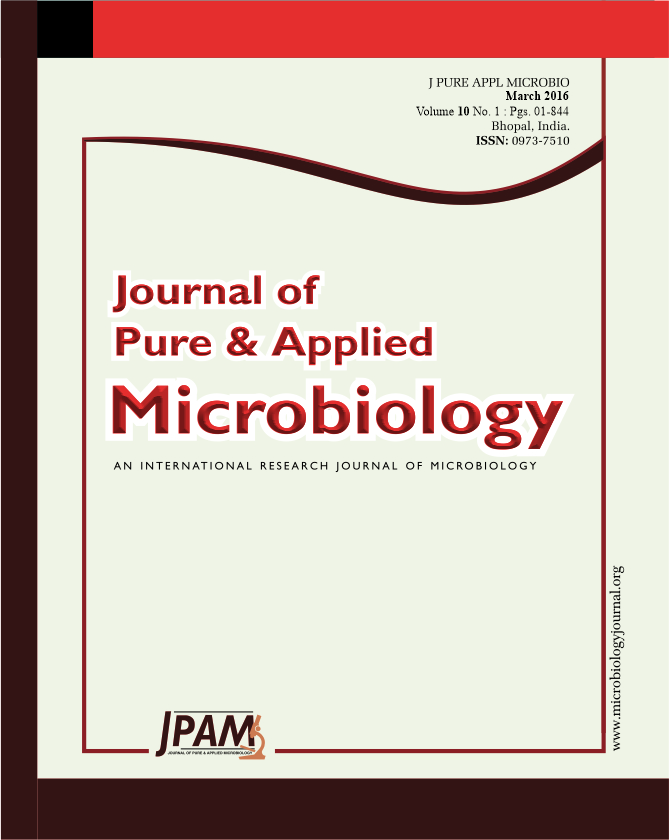The diverse endophytic mycobiome of medicinal plants presents researchers with opportunities to discover novel species and potentially novel compounds which can be of use particularly to the medicine sector. Moringa species (moringa) are used as a food source and are widely used as medicinal plants in the India-subcontinent and some parts of Africa and Arabia. Basically all parts of the plant have a use spanning from dietary to water purification and medicinal purposes. Because of its extensive uses and limited works concerning the fungal endophytes of moringa in Namibia, this study was conducted to isolate and identify the fungal endophytes of M. ovalifolia leaves and stems. Moringa leaves and stem were surface sterilized and placed as dissected segments onto potato dextrose agar (PDA). Distinct fungi growing from the M. ovalifolia plant segments were subcultured and maintained on fresh PDA medium. The Internal transcribed spacer (ITS) region was amplified from the genomic DNA of the fungal isolates using primer set ITS-1 and ITS-4. The polymerase chain reaction amplified fragments were sequenced and analysed via the Basic Local Alignment Search Tool program to identify the fungal isolates. The five fungal isolates were identified as Emericella nidulans SCAF2, Alternaria alternata SCAF4, Aspergillus sp. SCAF9, Peyronellaea glomerata SCAF6 and unidentified fungal endophyte SCAF7. With a similarity percentage of 89 to its closest known relative, endophyte SCAF7 is regarded as a novel isolate. Bioactive compounds produced by the isolated endophytes could be significant for drug production.
Endophytic fungi, Moringa ovalifolia, Medicinal plant, Namibia, Tsumeb.
© The Author(s) 2016. Open Access. This article is distributed under the terms of the Creative Commons Attribution 4.0 International License which permits unrestricted use, sharing, distribution, and reproduction in any medium, provided you give appropriate credit to the original author(s) and the source, provide a link to the Creative Commons license, and indicate if changes were made.


